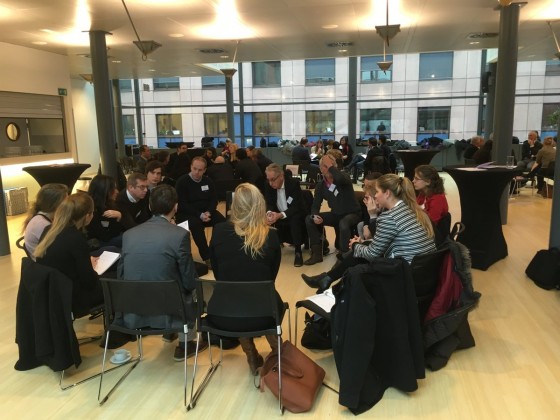Policy learning event on research and innovation and SME competitiveness

Don’t miss the #policylearning event in Milan organised by the Interreg Europe Policy Learning Platform. The two day networking conference will be a unique opportunity to learn about the latest developments ... Read More











